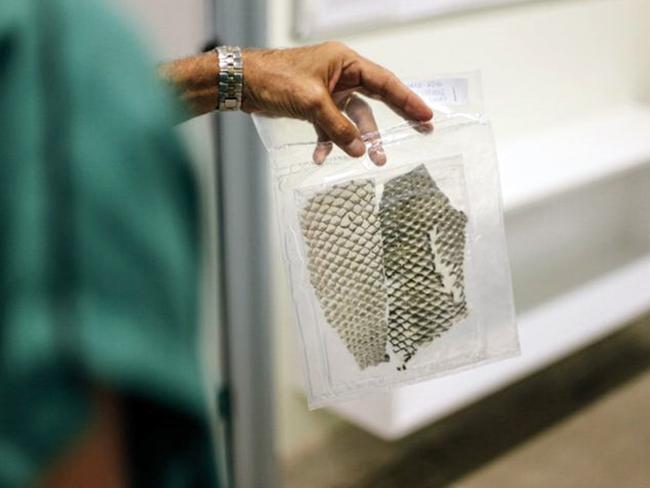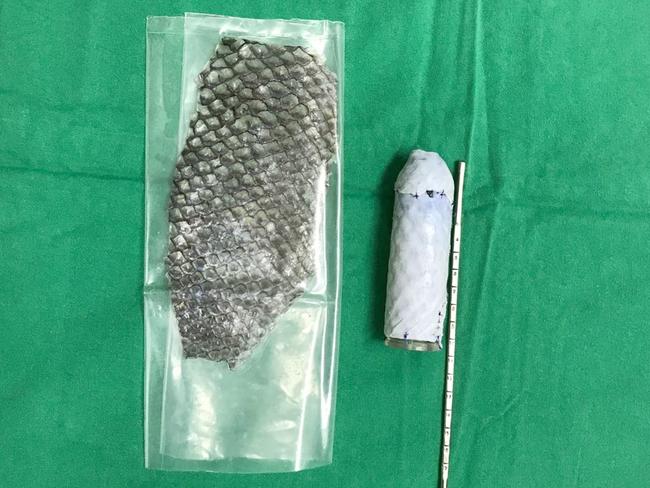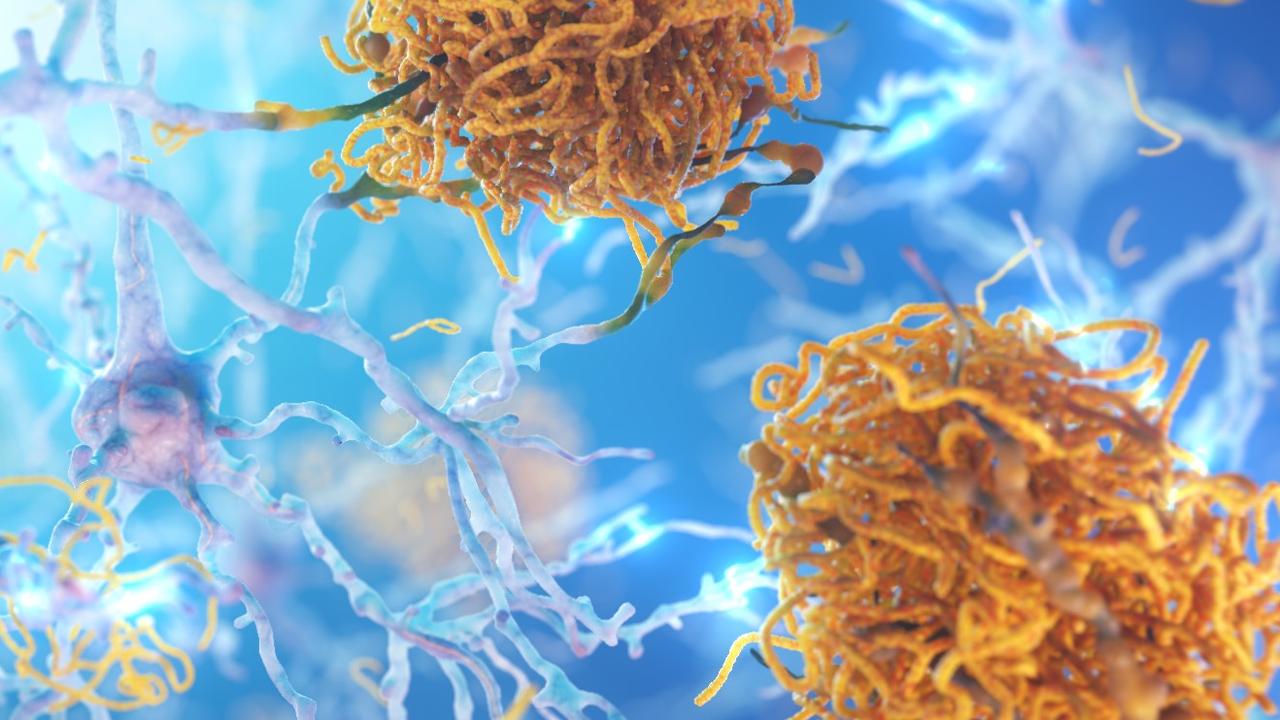Woman born without a vagina has one created using fish skin in rare operation
JUCILENE Marinho was born with a rare condition but after an extraordinary operation, the 23-year-old has finally had sex for the first time.
A WOMAN born without a vagina has had a new one created — using fish skin.
The 23-year-old has finally had sex for the first time, after becoming one of the first women in the world to have the pioneering operation.
Jucilene Marinho, from Brazil, was given the crushing news that she had no vagina when she was 15 years old.
To doctors’ surprise she developed normally throughout puberty, and even experienced period pains yet never had a period.
Medics then found nothing but connective tissue behind the skin covering what should have been Jucilene’s vagina and diagnosed her with the rare congenital condition, Mayer-Rokitansky-Küster-Hauser (MRKH).
But now, after surgeons created a vagina and lined it with the skin of a tilapia fish, the 23-year-old said she now enjoys a healthy sex life — after three months recuperating.

“Doctors gave me the all clear to have sex in October last year,” Jucilene said.
“At first I was very scared to do it because I thought it would hurt and I was worried it might damage the opening. But it was a wonderful moment because everything worked perfectly.
“There was no pain just a great deal of pleasure and satisfaction. I didn’t feel any discomfort and there was no bleeding.
“Everything felt sensitive in what I’m told is the right and normal way.
“It was perfectly natural like the opening had always been there.”
The pioneering operation, called neovaginoplasty, and was performed by a team at the Federal University of Ceara, led by gynaecologist, Dr Leonardo Bezerra in April last year.
The revolutionary treatment involved medics opening a space between the vagina and anus, before inserting a tubular mould lined with the fish skin.
Once in contact with the patient’s body, tilapia skin acts like stem cells and is absorbed and transformed into cellular tissue forming the walls of the canal, similar to an actual vagina.
Before it’s used, the fish skin is cleaned and sterilised in the lab, before irradiation to kill viruses.
The process also removes all the scales and fishy smell.


Jucilene said the operation has changed her life, and has left her feeling like a “proper woman”.
The student was a teenager when she was diagnosed with MRKH, which affects around 5000 newborn girls and results in the absence of some or all of the female reproductive organs.
In Jucilene’s case she had no cervix, uterus, ovaries or womb.
“I cried a lot when I found out,” she recalled. “I thought my world had ended.
“I’d always dreamed of having a baby of my own now I had to accept that wouldn’t be possible.”
She spiralled into a deep depression fearing she would never experience an intimate and loving relationship.
This worsened when a teenage boyfriend mocked and broke up with her after discovering the disorder.
But last year, six months after agreeing to become the first of four women to have the experimental procedure, Jucilene had sex for the first time in her life with her partner Marcus Santos, 24, who she has been with for over a year and who has supported her throughout.
Dr Bezerra, who leads a multidisciplinary team of surgeons at the Assis Chateaubriand Maternity School (MEAC), has treated four sufferers with MRKH, also known as vaginal agenesis, with the breakthrough treatment.
It is less invasive surgically than the traditional method, which involves creating a vaginal canal using extensive grafts from the patient’s groin.
Some 23 patients have undergone the conventional treatment at MEAC over the past 10 years.
“This procedure can be time consuming and painful as the patient needs to recover from a large incision which leaves a scar that can be unsightly and stigmatising. There is also the possibility of discomfort with the reconstructed tissue,” Dr Bezerra explained.

By comparison, neovaginaplasty has a faster recovery rate with no visible scars. There are minimal complications with no risk of rejection or infections, the doctor said.
In addition, medical costs and materials are low — a significant benefit in a public health system strapped for cash — with operating times quicker and an abundance of the inexpensive, mild-tasting tilapia fish readily available from Brazil’s rivers and fish farms.
Research shows that tilapia skin, normally thrown away as a waste product, contains large amounts of moisture and is rich in collagen type 1, a protein that promotes healing.
It is resistant to disease and is as strong and resilient as human skin.
Since 2015, scientists at the UFC Research and Development of Medicines Nucleus co-ordinated by Professor Odorico Moraes, have been trialling a radical procedure that uses the moisture-filled skin of the freshwater fish to heal more than 200 victims with severe burns — with notable success.
The normal regime is painful and involves regular changes of gauze bandages along with painkillers and ointments.
“There was a eureka moment when we thought, if this membrane can be used for burns, why can’t it be used for the vagina,” said Dr Bezerra who began investigating the procedure in January 2016.

“To make the ‘new vagina’ we insert a vagina shaped acrylic mould, lined with the skin of tilapia, into the space created between the bladder and the rectum.
“The device remains there for 10 days to prevent the walls from closing,” the doctor explained. During this period the skin of the tilapia is absorbed, and the cells and growth factors released by the membrane transforms, like stem cells, into the patient’s tissue cells.
“Finally, the patient’s body completely incorporates the tilapia skin becoming biocompatible with it. The fish skin stimulates cellular growth and the formation of blood vessels and creates a new canal equal to that of an actual vagina.”
After the operation, patients have been able to get up and walk after an average of 12 days recovery with the mould being replaced with silicone or a sponge for comfort.
Under the established procedure, convalescents spend weeks in bed without moving and have to learn to walk again.
Jucilene suffered minor internal bleeding and was discharged after three weeks in hospital and admits the moment she left she went out to celebrate.
“My family and friends, who have always been there for me, took me out to ‘toast’ my new vagina,” she said, laughing.
“And it felt so good to have something the majority of women take for granted,” she added with a deep sigh of relief.
Doctors are now working towards offering the new treatment in multiple medical centres throughout Brazil and in different locations across the world once clinical studies have been completed.
This article originally appeared on The Sun and has been reproduced here with permission.



